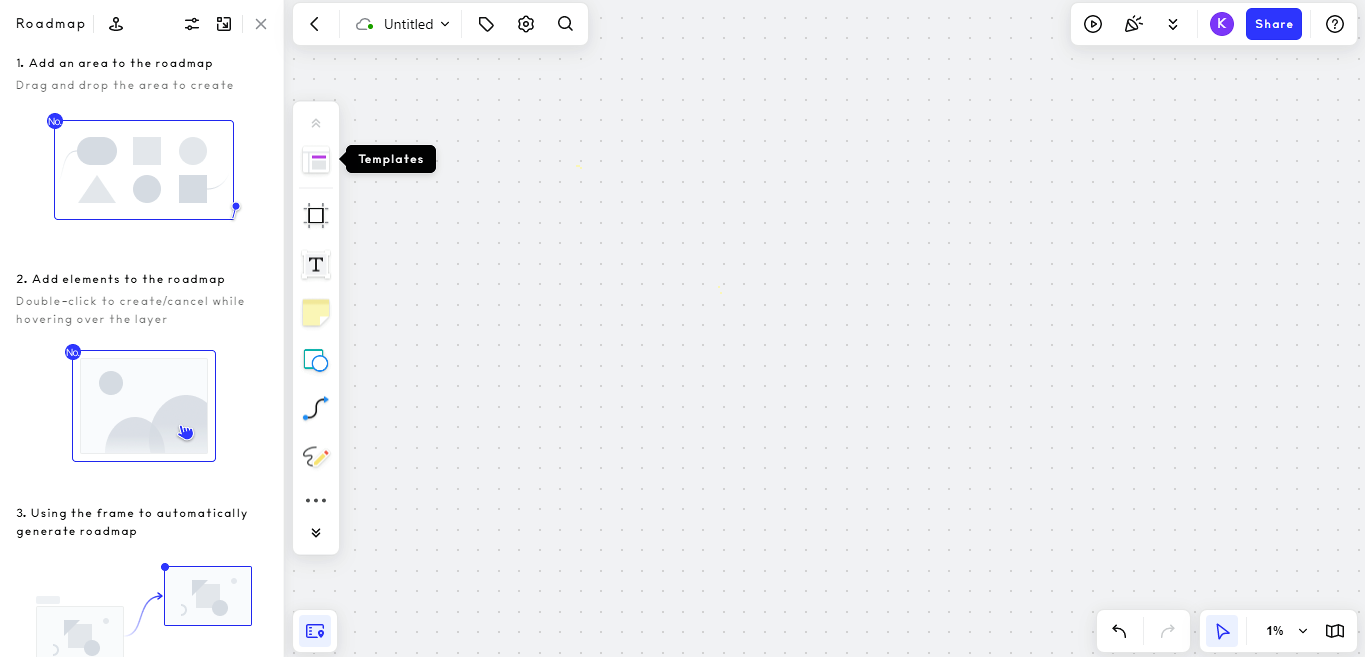A roadmap can be a tool for communicating your vision and plans, or it can be a visual depiction of your plans and strategy. A scrum roadmap in the context of product development is about how you construct your business and product using scrum methodology. It entails collaborative and flexible sprint planning.
This brings everyone on the same page and makes it simple to identify which products are in the work process. A scrum roadmap is used to visualize upcoming sprints in a product development cycle. It shows where user stories fit in within the upcoming sprint.
In this article, you will get to know relevant details about the scrum roadmap and the right scrum roadmap tool for you. Keep reading.

Pros and Cons of A Scrum Roadmap
First, let’s look at the pros and cons of a scrum roadmap.
How to Create a Scrum Roadmap That Works for You
Establish a Scrum Team
These elements are key roles and connect with each other to form the effectiveness of a scrum team. Without them, your plans or scrum roadmap is not complete. Let’s highlight these:
- Product owner: A product owner is a person who is responsible for prioritizing the backlog, and accepting or rejecting work. He helps to define what “done” implies during the project.
- Scrum master: This individual is responsible for facilitating the scrum process. He builds scrum teams, removes barriers, and keeps the scrum process up and running.
- Scrum team: These are the people responsible for turning the product backlog items into value in each sprint. Among them are developers, testers, and business analysts. Each team will come together as a cross-functional team and work collaboratively on the backlog.
- Sprint planning: A true scrum roadmap should include sprint planning. A sprint is where the team works to complete a set of work in a stipulated period. The scrum master, product owner, and team come together to plan the sprints for each backlog.
- Daily scrum: A quick meeting of about 15 minutes should be held while the sprint is in progress to create a collective work plan for the next 24hrs.
- User stories: This is a description a product’s features from a user-perspective.
Include Basic Elements of a Scrum Roadmap
It’s necessary to include certain basic elements while drawing your scrum roadmap. Let’s dive in.

- Empirical process: It allows inspection, adaptation, and transparency for decision-making.
- Self-organization: It is developed on the fact that employees should offer more than just their technical skills
- Value-based priorization: It’s about serving the customer the value they need and this leads to increase return on investment.
- Time-boxing: It recognizes that time is an important factor in managing scrum projects.
- Iterative development: It allows course correction as the team gets a better understanding of what part of the project needs to get delivered first.
Use a Handy Scrum Roadmap Tool - Boardmix
Boardmix is a perfect digital whiteboard tool for any product development. It promises a strong collaborative environment, powerful functions and great convenience. With it, you can communicate your strategies and plans freely with your teammates. Some built-in features and navigations will help you create a perfect scrum roadmap. Let’s see what you can get from Boardmix.

Picture showing existing free template to use for creating a practical scrum roadmap.

Picture showing the whiteboard, the roadmap, the tools (side-left), the navigation tool (side-left), and sharing features(upper right) for demonstrating your roadmap to teams in real time.

Pictures showing the help tool(upper side-right) that will guide you on how to use the templates, short cut, and other tools to create a customized scrum roadmap.
The Full Process of Creating a Scrum Roadmap

State the Vision and Identify Problems
What is the vision for the organization in a few years? What are the pressing issues that can potentially stop the organization from achieving its vision? What is the product needed to build? How much time is needed to build the product? These questions must be well answered because you can’t introduce a scrum framework when there’s no clear direction or what to build. And this is the time when all members of the organization align with the vision and objectives.
Propose the Scrum Model
A scrum roadmap should be able to explain the scrum framework clearly to the organization. At this juncture, you need to set up a systematic methodology and appropriate scrum strategies taking into consideration the organization’s resource capacity. You also need to set up an Executive Action Team (EAT) which is the leadership to implement items in the roadmap.
Conduct Assessment
The essence of this assessment is to examine the organization's systems and culture, and in doing so identify barriers that can inhibit the use of the scrum roadmap to drive the visions and project set in place.
Propose Training Plan and Resources
Conduct training programs for the employees and executive members on scrum knowledge. The resistance to embracing the scrum roadmap as an agile approach is often caused by a lack of skills and scrum knowledge. To surmount this challenge, you should put up effective scrum-related education and training programs.
Adjust and Monitor
Now the organization is aligned and resources are deployed on what is essential, there’s still a need to monitor results from the application of items in the scrum roadmap. Corrections should be made where necessary.
Comclusion
After reading the post, you’ll learn all basic knowledge about the scrum roadmap. And if you are still not familiar with it; don’t worry, the Boardmix online scrum roadmap maker will guide you every step needed. You can finish one in several minutes. Just go and give it a try now!









